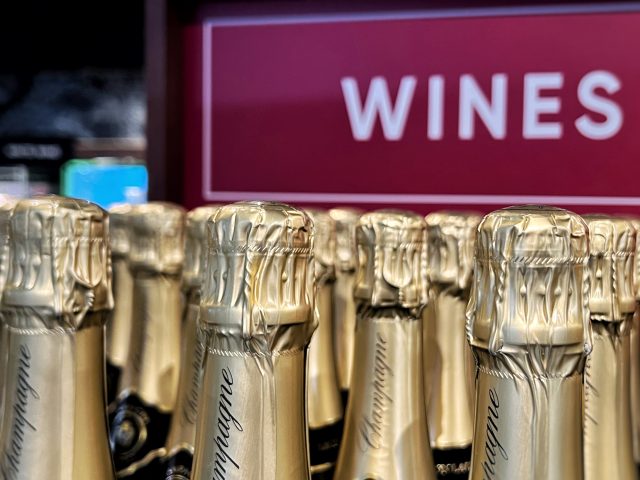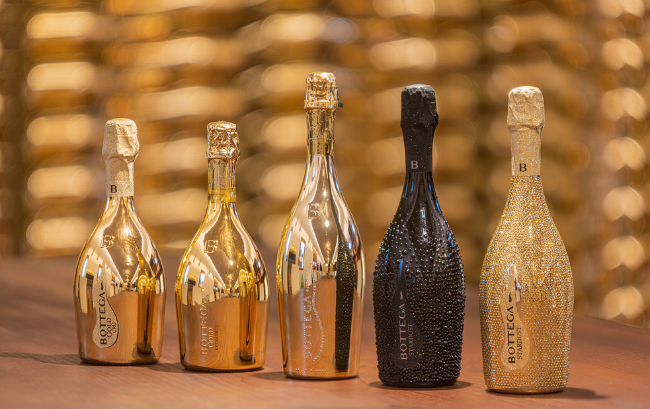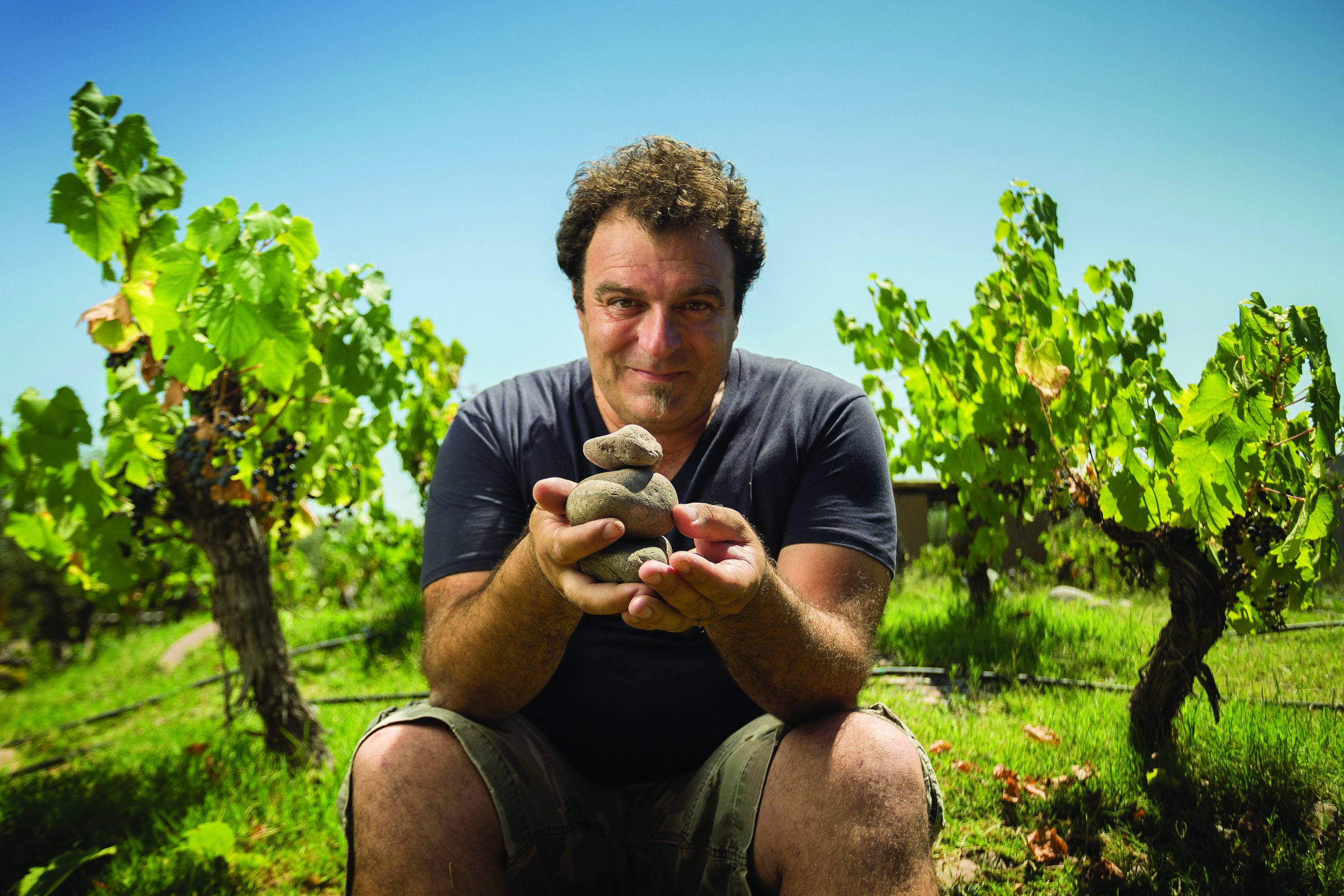Does Champagne risk becoming too expensive?
By Patrick SchmittChampagne has enjoyed a remarkable couple of years, with a new record in turnover set for the region in 2022, but is this fine French fizz in danger of becoming too expensive for some of its current consumers?

That’s the fear of certain leading figures in the region, who, despite experiencing greater demand than they have supply for at the moment, believe that current inflationary pressures affecting the production of Champagne could affect its future success – particularly for its most commercially-important expression: Brut Non-Vintage.
With the price of grapes from the 2022 harvest rising by as much as 10% compared to the much smaller 2021 vintage – taking the base level fee for a kilogram of berries to around €7 – a Champagne house today may find that as much as half the cost of making a bottle of Brut Non-Vintage is going on this raw material.
Not only that, but with interest rates rising, if the producer is reliant on banks to finance the cost of buying this increasingly-expensive grape supply, then the cost to a business is rising markedly.
On top of these pressures, there is an increasing cost of labour, energy, and packaging materials, from paper to foils and cases, as well as, most importantly, glass, which is up 40%.
Among all these, Charles Philipponnat, who heads up Champagne Philipponnat, explained to db earlier this year why interest rates are a particular cause of concern for the category.
Commenting that a Champagne house today is likely to have a lower gross margin than 25 years ago, he said that its profits would be higher, partly because of a better product mix – which means more sales of higher-value cuvées, particularly rosé – but also because the cost of financing stocks has been much lower.
That’s because interest rates were less than 1% two years ago, a historical low. However, that’s changing, with current rates slightly above 2% at the start of the year and moving to 3% and higher.
For a house such as Philipponnat, which holds five years’ worth of stock, such a change is significant.
“The costs of what we stock is the cost of grapes, and cost of grapes is more than half the total costs,” he began. Continuing, he said, “If you have 1 million bottles in the cellar and they are worth €10 a bottle cost, that’s €10m, and if you finance that at 1% then it’s €100,000 per year, but at 3%, it’s €300,000 – so if you have five years of stock, then it multiplies very quickly, and if you are not careful, it can eat up all your profit margin.”
As a result, he said, “Price increases (from Champagne houses) are not increasing because of greed, it is vital, we need to prepare for that shock.”
He added, “I once spoke to a banker who said that he viewed Champagne houses as a heavy industry, because their balance sheets are similar to car makers. The difference is that instead of equipment, we have stocks, but it’s just as heavy; wine is about the long term and stocks and a lot of tied up money.”
For Pol Roger chairman, Laurent d’Harcourt, Champagne producers are now having to play catch-up, after a period of absorbing cost increases, and it could effect sales in the future.
Partner Content
“After many years of stability, prices have been rising a bit, and are rising again this year,” he told db, citing the causes of this as “grape prices, energy, dry materials,” before adding, “and another thing that is worrying Champagne is that interest rates are rising a lot, so when you have an average of three years’ worth of stock, or more, then, if you have to finance this stock, for some producers and négociants, this will be challenging.”
The fear comes in the consumer’s response to further price increases on Champagne. “For many years the price of Champagne has not really been rising compared to still wines, but it [the rising price of Champagne] is a concern, because sales of Champagne globally have been rising a lot because it is accessible,” he said.
“People might think it is easy to put on price increases, but I’m not so sure; I think that it affects people’s perceptions, and it is important that they think Brut NV is accessible,” he commented, adding, “But that does not mean you can’t produce a special cuvée that is more expensive.”
So far this year, the minimum price rise for Brut NV Champagne is 10%, with more increases expected as other production expenses go up too, notably salaries for staff, which are rising to keep pace with inflation.
The concern is that Champagne, which has built its success of being an accessible luxury, will become too expensive for some of its current consumers, who will, as a result, drink less, or may move to alternatives, be they other cheaper and increasingly fine sparkling wines, or other drinks, such as fashionable Provençal rosé.
Already, last year, the domestic market – which is Champagne’s largest and most mature consumer – saw sales decline, with 138.4m bottles distributed within France, a drop of 1.7% on 2021.
Comité Champagne co-president David Chatillon said that the French market was “the only one” suffering, and told db that “the combination of price inflation and fewer promotions has had an impact on sales.”
Overall, however, the leading players in the region are keen to stress that the sales developments in Champagne are positive. Not only is demand higher than shipments, but turnover has reached a new record in 2022. The combination of increasing volumes, coupled with higher Champagne prices, have pushed up the value of shipments to a new record, with the global sum surpassing €6 billion for the first time.
As Champagne Gosset president, Jean-Pierre Cointreau comments, “It is a fascinating period for Champagne because there is a high level of shipments and increasing quality.”
Read more
Counting the cost: why producing Champagne is getting pricier
Related news
All the medallists from The Champagne Masters 2025




